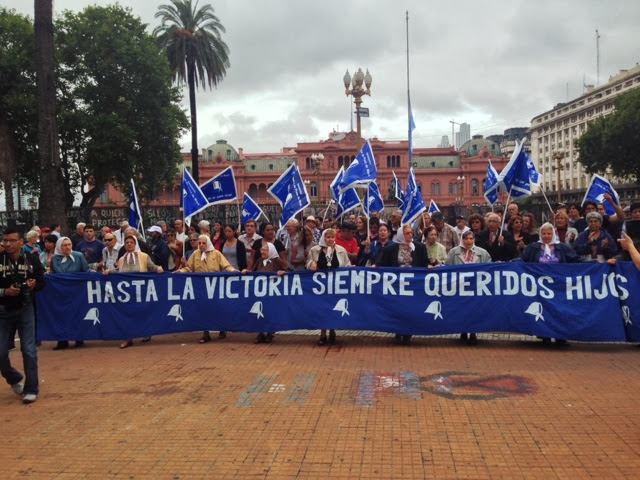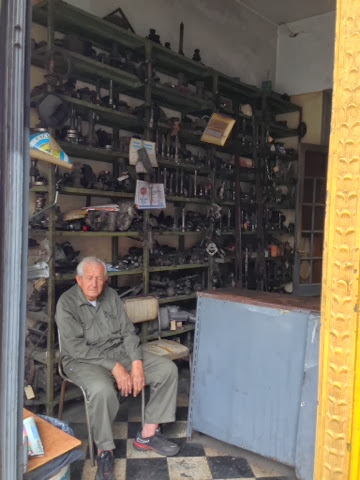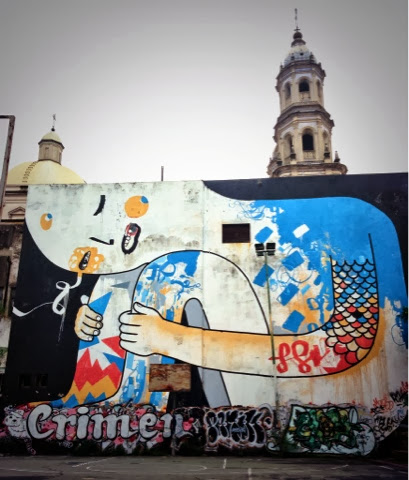Maps, Landscapes, and your Bossy Brain
 I've never experienced such colossal space as
in Patagonia. Any sense of space, scale or time is usurped by a landscape that
reinvents itself at every turn. Mountains, glaciers, cliffs, tundras,
waterfalls, forests appear out of nowhere and disappear just as quickly like
ghosts...
I've never experienced such colossal space as
in Patagonia. Any sense of space, scale or time is usurped by a landscape that
reinvents itself at every turn. Mountains, glaciers, cliffs, tundras,
waterfalls, forests appear out of nowhere and disappear just as quickly like
ghosts... In Buenos Aires, I cling to maps. On the bus I
watch for landmarks, memorize street names and count the jogs in the grid which deviate into
webs of confusion.
In Buenos Aires, I cling to maps. On the bus I
watch for landmarks, memorize street names and count the jogs in the grid which deviate into
webs of confusion. One of the fundamental functions of our brain
is mapping our location: where we came from, where we are, and how many ways there are to get to the next place. Another key action, our brains continually search for familiar patterns, even in the middle of the unknown. Actually, our brains are not great at taking in new information. They much prefer to imprint
expectations based on past knowledge.
The brain tries very hard to transform new things into what is familiar.
One of the fundamental functions of our brain
is mapping our location: where we came from, where we are, and how many ways there are to get to the next place. Another key action, our brains continually search for familiar patterns, even in the middle of the unknown. Actually, our brains are not great at taking in new information. They much prefer to imprint
expectations based on past knowledge.
The brain tries very hard to transform new things into what is familiar.
My life in New England created an internal map that is my basis for organizing and understanding any other Space I inhabit...even if it is completely different.
Work from Buenos Aires Art Residency
 I pull materials from the street to talk about those very streets: plaster, cardboard, paint, billboard advertisements...
I pull materials from the street to talk about those very streets: plaster, cardboard, paint, billboard advertisements... I lay down an image, cover it with plaster and a second image. I break through the first.. It’s a physically literal extension of the potent layers of BA
I lay down an image, cover it with plaster and a second image. I break through the first.. It’s a physically literal extension of the potent layers of BA Each piece is a humble response to the different realities in the evolving landscape of the labyrinth that is BA.I sample protest chanting, drumming, Carnival bands, and the president’s address. This becomes the soundscape for the show.
Each piece is a humble response to the different realities in the evolving landscape of the labyrinth that is BA.I sample protest chanting, drumming, Carnival bands, and the president’s address. This becomes the soundscape for the show. There is a heartbreak in leaving my artwork behind. The loss becomes
a conceptual layer…As it comes from the city streets to speak about the city,
so too may it return to the streets.
There is a heartbreak in leaving my artwork behind. The loss becomes
a conceptual layer…As it comes from the city streets to speak about the city,
so too may it return to the streets.Art residency, Buenos Aires- The Madres
That evening as I do my homework, I catch a few pages about history. The Madres. Their loss at the hands of the government, children disappeared-Their march-Their strength and persistence. Many of them still march every Thursday. I read these word and mark it on the map for tomorrow, Thursday.
Art Residency: Buenos Aires
I've made a monstrous miscalculation, an enormous error in judgement...
ADVENTURE: ARGENTINA
The line between the imagined and reality
My First Science Paper:
(A lot of people got a kick out of my first science paper ever. I'm still taking suggestions - D'Lynne I know you're out there. This is my submission to a neuroaesthetics conference in Denmark...)
The first homosapien to transition to higher consciousness may have been the artist. 40% of our brain’s neurons are dedicated to the visual brain. It is a particular individual that is predisposed to physically reinterpret the effects of visual qualia into an original product. This product, visual art, nurtures the growth of complex ideas through neural connections. Society’s visual citizen provides the community with a necessity, the neural catalyst.
As others create schedules based on daily needs, the artist stops and fixates on visual stimuli not connected with immediate survival needs and actions. This qualia observation connects with memory, emotion, or hypothetical ideas and induces focused reentry. This contemplation breaks the individual from the “remembered present” through active intellectual investigation.
The artist translates the perceptual memory and related ideas into visual metaphors to be reinterpreted by an audience. Many layers of visual content create ambiguity that calls on all parts of the viewer’s brain to interpret meaning. Art does not cater to just the mid-brain (emotional brain) as traditionally believed, or even to specific areas of the brain. Viewing art caters to the process of reentry. It strikes the cerebellum with an emotional jolt. It calls on the cerebral cortex to assess novelty and reassess expectations. The reentry connects new visual info to the viewer’s personal intellectual history. A concentrated gaze allows for contemplation of constant stimuli. This constant puts saccades and the brain’s need to constantly construct time/space to rest and allow other areas of the brain more activity. The viewer instills a personal timeline, unlike the spoken/written language which structures the release of information in grammar and controlled time sequence.
Since it marked a turning point in evolution and intelligence in early homosapiens, art has never faded as a sign of humanity and communication. The more we study the workings of the brain, the more we know that our thoughts are emotion and metaphor based. The more we learn about our physical realities, the more we may find that the written word may not be enough. We may need a visual aid that touches all parts of the brain at once. Preparation through surrogate experiences, reassessing expectations, and the quieting effect of the visual constant are all ways visual art readjusts neuro-pathways and the individual’s thought process. Visual contemplation of artwork is the catalyst for complexity of ideas and with it strengthens society with innovation.










